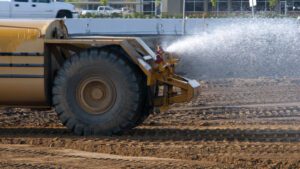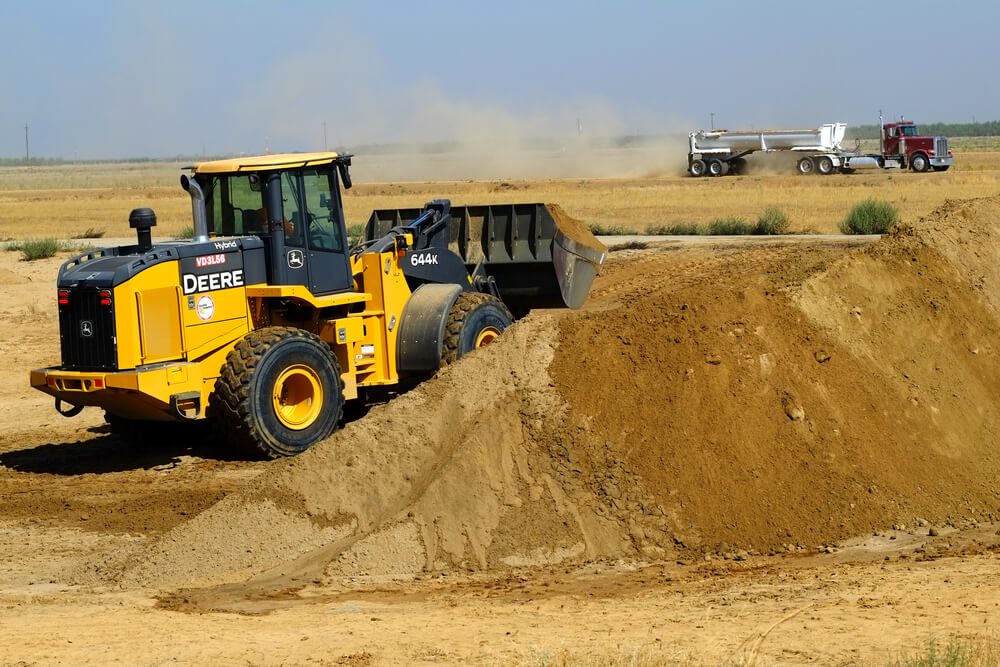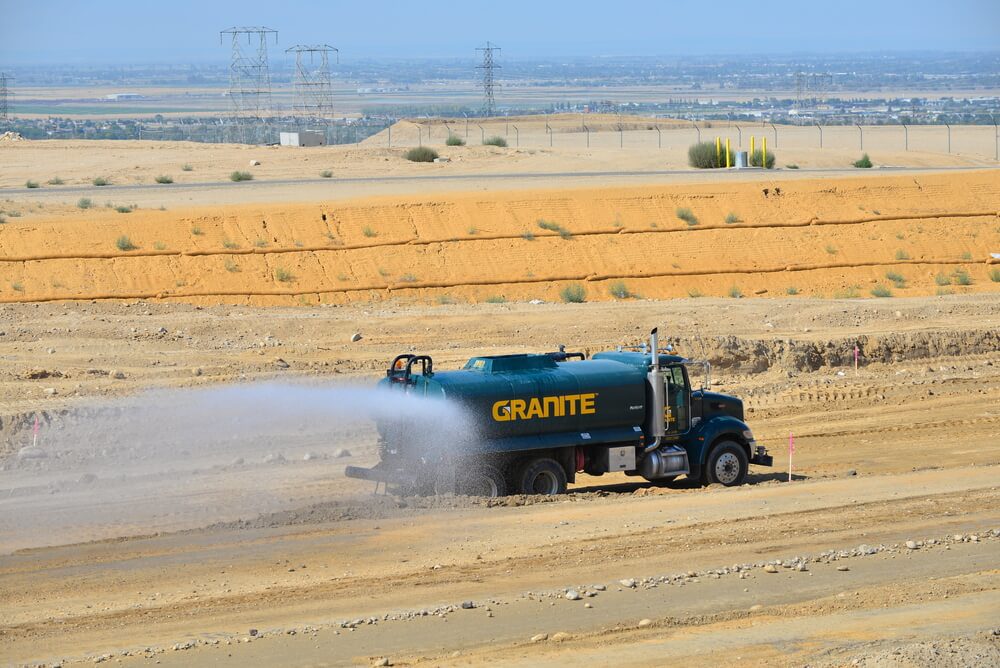Over the past twenty years, the U.S. Navy has conducted extensive research to identify the best methods for controlling dust and other airborne particulate matter. As a result, it has led to increased implementation of water mist systems in various industries, such as mining, construction, manufacturing, and food processing.
Water mist systems can effectively help in dust abatement and help protect workers’ health and safety. The water particles in the mist can envelop dust particles, preventing them from becoming airborne. As the moisture evaporates, it cools and humidifies the work environment and eradicates excess dust particles in the air.
This guide will analyze the reasons why a water mist system is effective in dust abatement and provide recommendations for implementing a successful system.
Reasons Why Water Mist Systems Are Effective in Dust Abatement
Water mist systems can create water droplets that can envelop dust particles, preventing them from becoming airborne. Additionally, the system can produce a mist that can humidify the air, and reduce dust particles. The mist can also cool the air, helping with the suppression of workplace temperatures. Here are reasons why water mist systems are effective dust abatement tools:
Reduces Airborne Particulate Matter
A water mist system can reduce airborne particulate matter by suppressing dust particles. The system can envelop the particles and reduce their existence. Suppression of these particles can help to protect workers in the vicinity from exposure to harmful particulate matter.
Humidifies the Air
A water mist system can increase humidity levels in the workplace, which can help reduce the dust particles present. It can prevent the particles from staying airborne and reduce their ability to travel long distances. As a result, it can reduce the dust in the work environment.
Also, increased humidity levels can reduce workplace temperatures and provide employees with a more comfortable working environment.
Cooling Effect
The water mist cools the air by evaporating, which can help reduce workplace temperatures. The cooling effect can produce droplets that can envelop dust particles in the atmosphere, making it a safer and healthier workplace.
Additionally, the effect can make it more comfortable for workers, which can improve productivity levels.
Recommendations for Implementing a Successful System
 An effective dust abatement system involves targeting the primary dust source to ensure maximum effectiveness. Additionally, it should be tailored to meet your specific needs and the environment in which it is used. Here are some recommendations for implementing a successful water mist system:
An effective dust abatement system involves targeting the primary dust source to ensure maximum effectiveness. Additionally, it should be tailored to meet your specific needs and the environment in which it is used. Here are some recommendations for implementing a successful water mist system:
Identify the Primary Dust Source
You can look for areas with high dust or particulate matter concentrations and focus on these areas. With this, you can ensure maximum dust suppression and significantly rescue excess airborne dust matter.
Also, you can consider the size, shape, and particle types present in the environment to ensure your system can effectively reduce or eliminate them.
Adjust the Settings
You can adjust the system’s settings to ensure it works effectively and provides adequate dust abatement. For instance, you can tweak the settings to change the water amount added and ensure it is used most effectively.
Additionally, you can also use different nozzles for different locations and types of dust particles. Eventually, the variations can help to ensure the system is targeted most effectively.
Choose the Correct Size System
Choosing a water mist system with the right size for your work environment is essential. For example, a system that is too large can be overly expensive, while one that is too small may not be compelling enough.
Also, the hardware you use for your dust abatement system can be tailored to meet your specific needs. The nozzle, pump, and other components can be customized to ensure you get the most out of your system.
You should consider using the EMI controls equipment as they provide high-quality components and equipment that can ensure your workplace is safe and free from dust particles.
Regular Maintenance
You can practice regular maintenance practices, to keep your water mist system running effectively and efficiently. The practices can include cleaning the nozzles, replacing damaged parts, and checking for leaks.
Consequently, the tasks can ensure the system is working correctly and provide maximum dust abatement.
Get a Water Mist System for Effective Dust Abatement
 A water mist system can provide effective dust abatement in a work environment. It can reduce airborne particulate matter amounts and increase humidity levels in the workplace. However, it is essential to identify the primary dust source and tailor the settings for maximum effectiveness.
A water mist system can provide effective dust abatement in a work environment. It can reduce airborne particulate matter amounts and increase humidity levels in the workplace. However, it is essential to identify the primary dust source and tailor the settings for maximum effectiveness.
Additionally, you can choose a system that is the right size for your environment and perform regular maintenance to ensure it works correctly.
Contact Lindberg Process Equipment today to learn more about EMI Controls and our dust abatement solutions.





